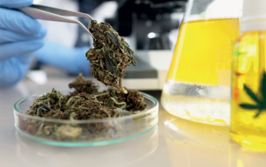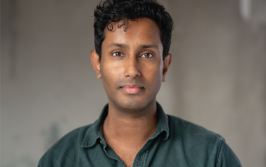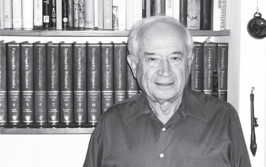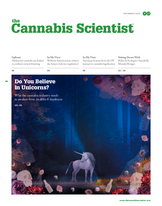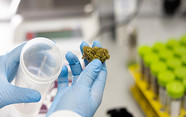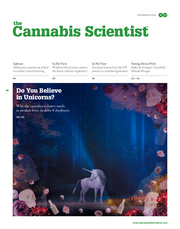We Need a Bigger Fence
When it comes to (medical) cannabis, why all the side picking?

The current and past of cannabis is full of “sides.” Lovers of weed versus haters of hippies. Campaigners for legalization versus those who rally against it. Believers in the potential of the whole plant versus those who seek to isolate and harness individual cannabinoids. Doctors who prescribe versus those who will never be convinced. Those who believe in anecdotal evidence versus those who want hard facts, howsoever obtained. Snake oil peddlers who’ll sell us a cure for anything versus entrepreneurs who are more liberal with the truth.
What a divisive plant!
And, even in the world of cannabis science, some groups of researchers work hard to explore when, why, and how cannabis-based medicines work, while others try just as hard to find the dangers, risks, and side effects. Both avenues are clearly important – but I’m left wondering why they often seem so… separate. Possibly it’s a historical lack of support for the former versus more easily obtained funding for the latter.
In the pharmaceutical industry, the concepts of safety and efficacy are deeply ingrained, highly regulated, and tackled by the same (admittedly large and multifaceted) R&D department at most companies. Clearly, there is very little (economic) sense in developing a drug that is either ineffective or unsafe. But it’s not quite as clear-cut as it seems. When it comes to a small molecule drug, we’re relatively comfortable when exploring – or even predicting – safety profiles. But as drugs increase in their complexity – consider monoclonal antibodies, the recent rise of COVID-19 vaccines, and cell and gene therapies – the word “safe” becomes less well defined. After all, we don’t know what we don’t know…
Cannabis is also complex. And (human) biology is complex. So I suppose it should come as no surprise that the interaction between the two is furiously debated. (And it doesn’t help that modern society appears to be geared towards promoting polarization of opinion.)
Given all the side picking, it delights me when I speak with researchers who exist to simply apply science to the pursuit of the truth – whatever that may be.
There’s still much to learn about cannabis in all its glorious complexity. Rather than picking and sticking with a side and allowing unconscious bias to interfere with our choices, aren’t we all best “on the fence” for an even bird’s-eye view? If so, we’re gonna need a bigger fence.
Rich Whitworth
Content Director

Rich Whitworth completed his studies in medical biochemistry at the University of Leicester, UK, in 1998. To cut a long story short, he escaped to Tokyo to spend five years working for the largest English language publisher in Japan. “Carving out a career in the megalopolis that is Tokyo changed my outlook forever. When seeing life through such a kaleidoscopic lens, it's hard not to get truly caught up in the moment.” On returning to the UK, after a few false starts with grey, corporate publishers, Rich was snapped up by Texere Publishing, where he spearheaded the editorial development of The Analytical Scientist. “I feel honored to be part of the close-knit team that forged The Analytical Scientist – we've created a very fresh and forward-thinking publication.” Rich is now Content Director of Texere Publishing, the company behind The Analytical Scientist.
